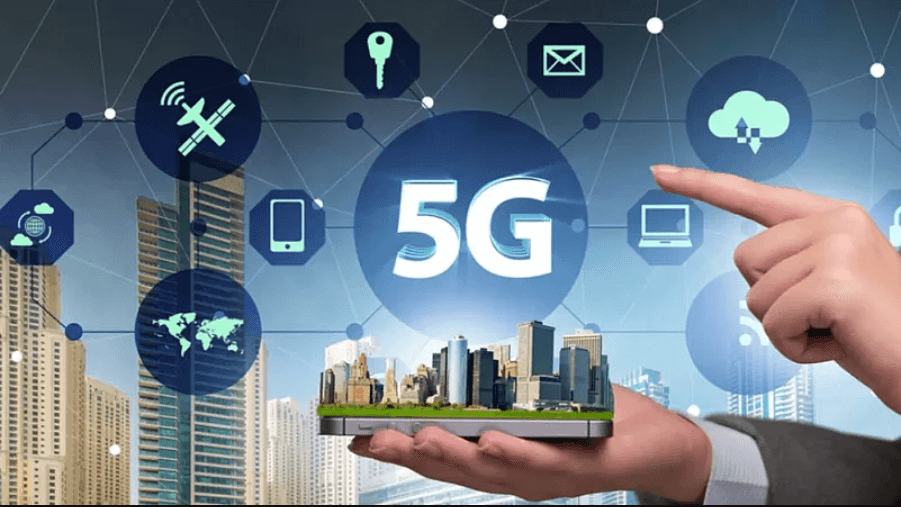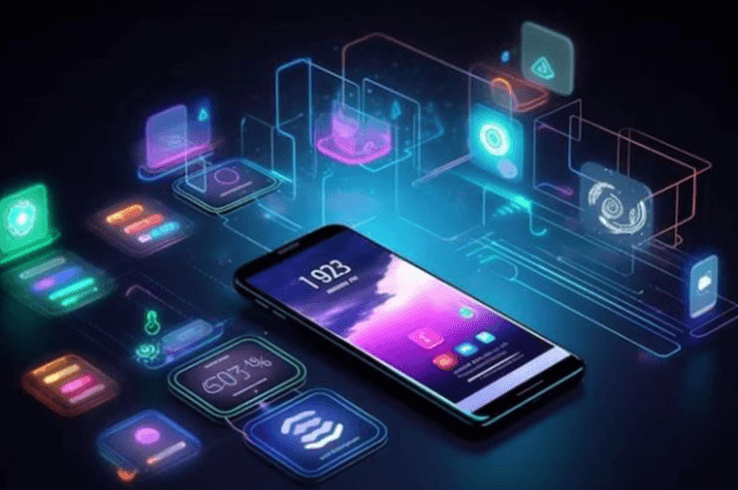The emergence of 5G technology brings both remarkable benefits and significant challenges. While it promises faster connectivity and the potential to transform various industries, the implementation phase raises concerns regarding security, privacy, and infrastructure demands. As stakeholders weigh these factors, the implications for society and the economy become increasingly complex. The conversation surrounding 5G is just beginning, and understanding both sides will be crucial for navigating the future of connectivity.
Benefits of 5G Technology
As the world increasingly embraces digital connectivity, the benefits of 5G technology become more apparent.
This revolutionary network offers improved latency, enabling near-instantaneous communication, which is vital for applications like telemedicine and autonomous vehicles.
Additionally, its enhanced capacity allows for more devices to connect simultaneously, fostering innovation and supporting the burgeoning Internet of Things.
Ultimately, this grants individuals greater freedom and efficiency in their digital lives.
See also: The Power of Digital Transformation in Traditional Businesses
Challenges and Risks of 5G Implementation
While the advantages of 5G technology are compelling, the journey toward widespread implementation is fraught with challenges and risks that cannot be overlooked.
Security concerns arise as increased connectivity may expose networks to cyber threats.
Furthermore, infrastructure challenges, including the need for extensive upgrades and the installation of new towers, complicate deployment efforts, potentially delaying the promised benefits of this advanced technology.
The Future of Connectivity With 5G
Although the challenges of 5G implementation are significant, the potential for transformative connectivity is equally profound.
With enhanced speeds and lower latency, 5G paves the way for smart cities, enabling efficient infrastructure management and improved public services.
Additionally, it supports remote work by allowing seamless communication and collaboration, ultimately fostering innovation and enhancing individual freedom in an increasingly connected world.
Conclusion
In the grand tapestry of connectivity, 5G technology acts as a double-edged sword, weaving together unparalleled advancements and formidable challenges. Like a lighthouse guiding ships through treacherous waters, it promises innovation in fields such as telemedicine and autonomous vehicles. However, the shadows of security risks and privacy concerns loom large, reminding society that with great power comes great responsibility. As the world embraces this new era of communication, careful navigation is essential to harness its full potential while safeguarding the future.



